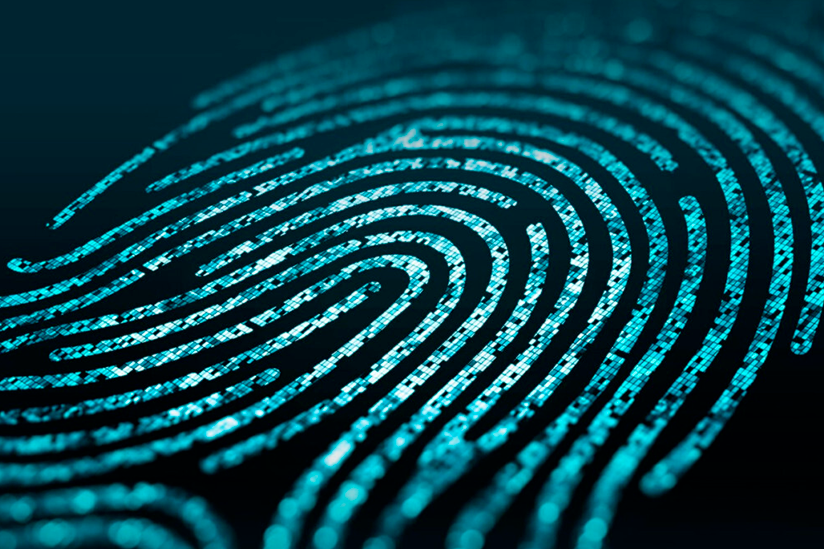Digital Forensics
Digital forensics plays a vital role in investigating a wide range of cybercrimes and cybersecurity incidents. This field involves uncovering, analyzing, and interpreting digital evidence to piece together the story behind various cybercrimes, data breaches, and even traditional crimes with digital elements. Digital forensics encompasses several stages, beginning with the collection of evidence from various digital sources. This evidence is then meticulously preserved to prevent tampering, ensuring the integrity of the data. The analysis phase uses specialized hardware and software to draw meaningful insights from the collected evidence, which can include recovering deleted files and examining system logs. Documentation is critical throughout this process, detailing every step and decision made, ensuring that the findings can be validated and replicated by other experts. The final stage is reporting, where the findings are summarized in both executive and technical reports, outlining the methods used and the conclusions drawn. Digital forensics is essential for crime investigations, incident response, legal proceedings, and data recovery. As technology evolves, so do the techniques used by cybercriminals, making it imperative for digital forensics professionals to stay ahead with innovative approaches to ensure the security of digital systems.
Micucci, Mario; Paus, Lucas. 2024. “The Art of Digital Sleuthing: How Digital Forensics Unlocks the Truth” We Live Security. Feb. 14. READ: https://bit.ly/4d9xnt1

